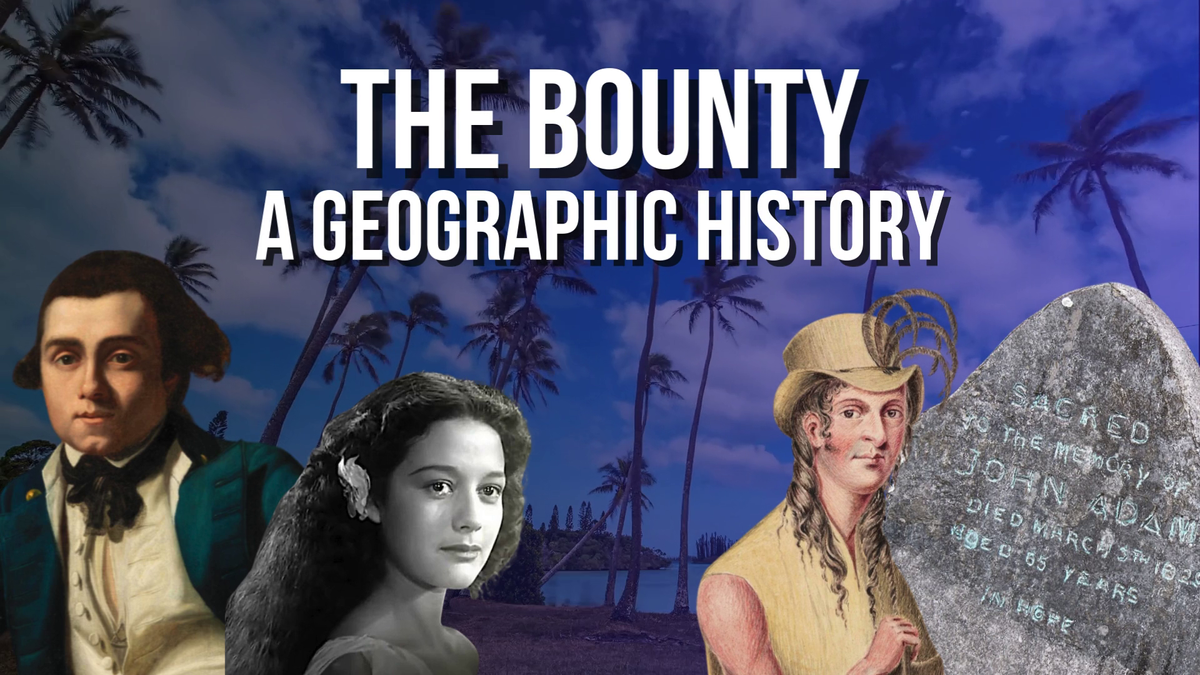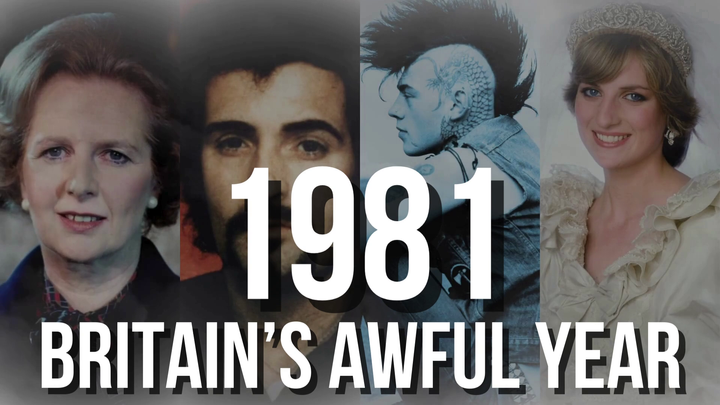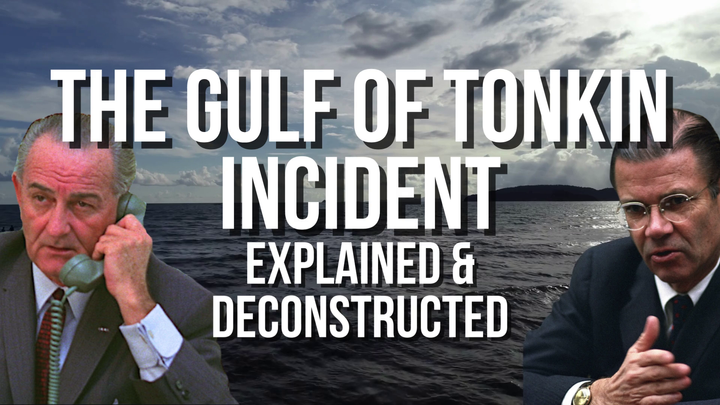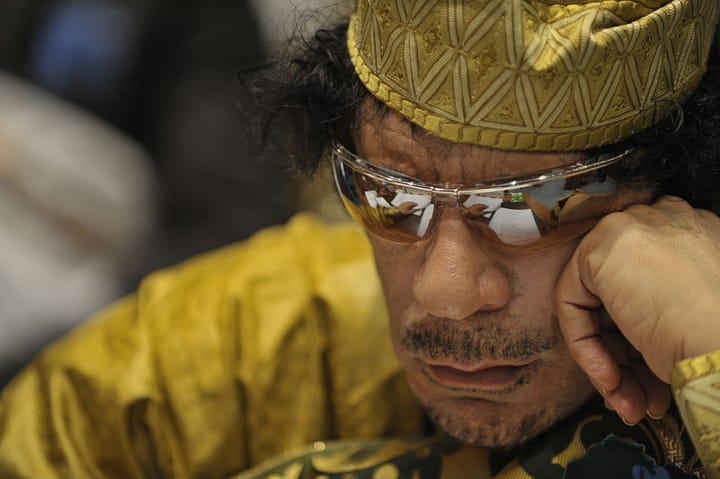Behind the Scenes: The Bounty, a geographic history.
My latest video takes a globetrotting look at the famous 1789 British naval mutiny and its aftermath.

Once again it’s release day for a big video, the second of 2025 so far. My video “The Bounty: A Geographic History” went up on YouTube just today (March 29, 2025), and it marks the end of a very intensive period of work. This is my longest video—over 3½ hours—and when I first got the idea for it, in early January, I had no clue that it would turn out to be so long, dense and in-depth. But that’s what happens sometimes when you wade fearlessly into thickets of history that you don’t know much about when you begin. As a result of making the video, I now know a tremendous amount about the famous mutiny on the Bounty, and I hope, after watching the video, should you choose to, that you will too. I’ve embedded it below, but click “Watch on YouTube” for the full experience. There’s also an ad-free expanded version in the members section.
The Bounty, technically classified as an HMAV (His Majesty’s Armed Vessel), is one of the more famous ships in history. It’s not quite as well-known as the Titanic, but many people have heard the basic story. On April 28, 1789, a few weeks after leaving Tahiti where it had been anchored for five months, a group of the ship’s crew led by master’s mate Fletcher Christian mutinied against the commanding officer, Lt. William Bligh, and took over the ship. Christian and the mutineers set Bligh and 18 others adrift on the Bounty’s small launch, then proceeded back to Tahiti on the first leg of an epic odyssey to escape from the consequences of their actions. There were plenty. Bligh sailed the open launch over 3500 nautical miles to the Dutch East Indies where he and his complement were rescued. Upon his return to England, the British authorities sent another ship, the Pandora, on a seek-and-destroy mission to hunt down and punish the mutineers. Christian and his dwindling complement ultimately settled on the remote uninhabited Pitcairn Island, where they proceeded—in a fashion—to eke out a precarious existence in an ersatz colony riven by racism, alcoholism and violence. That’s the basic story, but as you’ll see from the video there’s much, much more to it than that.
The Bounty video is the third in a series of what I call “geographic histories,” that is, looking at a historical event through the lens of environment and place. I took a similar approach to the infamous Charles Manson case in a September 2023 video, and then gave the same treatment to the Watergate scandal a few months later. As I delved into the Bounty story it became apparent early on that its geographic reach across the world was immense for an event that seems, at first glance, like a small story about a conflict among less than 50 men aboard a 90-foot sailing ship. But indeed, while the mutiny itself happened at sea in the South Pacific, not far from a small island called Tofua, I noticed that there were Bounty-related sites on every permanently inhabited continent. Using my technique of “visiting” historical sites on Google Earth, which is the backbone of much of my historical teaching, I thought this geographic approach would be both fresh, in the sense of avoiding simply a narrative retelling of the events, and also illuminative, in demonstrating just how interconnected and tightly-knit the world was even in 1789. This is what I hope to get across in the main video.


